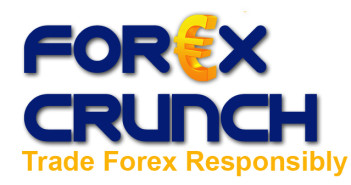In the past 30 months, Americans have moved away from stocks into bonds, according to Investment Company Institute that monitors mutual funds. The last time that this happened, between 1984 to 1987, it ended in a huge collapse of the stock market. Will history repeat itself? Will the dollar leap on such an event?
Nearly 210 billion dollars left US equity funds during the 30 month period that ended in June 2010. On the other hand, bond funds attracted almost $560 billion during this period. This brings a blast from the past:
As shown here, the same thing happened between from March 1984 to September 1987 as bond funds pulled money from stock funds, even though stocks were on the rise.
And what happened after these two and a half years – “Black Monday” – The Dow Jones Industrial Average plunged by 23% and ended the rally that lasted for a few years.
There are differences between now and then – yields on bonds today are much lower than in the 80s, and the stock market is already “over the hill” for quite some time.
Stock Market Dive in September October 2010?
Still, it’s important to remember that September and October are always turbulent months – apart from the stock market collapse 23 years ago, the recent global financial crisis in 2008 began in September and accelerated in October.
During the financial crisis, the US dollar and the Japanese yen made huge gains. These currencies enjoyed a “safe haven” status, even though the Japanese economy was still stuck and the US economy carried the whole world into the crisis. The reasoning was that the US could weather the storm better than smaller, more vulnerable economies.
It took many months until the other currencies such as the Euro, British Pound and the Australian dollar recovered, and this was undermined once again when fears of European debt issues and fears of a US slowdown became dominant.
In the financial crisis of 2008, the Swiss Franc failed to work as a safe haven currency. It’s status as a shelter in times of trouble could return this time.
It’s still summertime, and volumes aren’t very high. Nevertheless, even in this month of August, there has been rather strong activity in currency trading. Will volatility heighten in the next two months? Will a stock market crash fuel the US dollar? We’ll see quite soon.
Want to see what other traders are doing in real accounts? Check out Currensee. It’s free..
